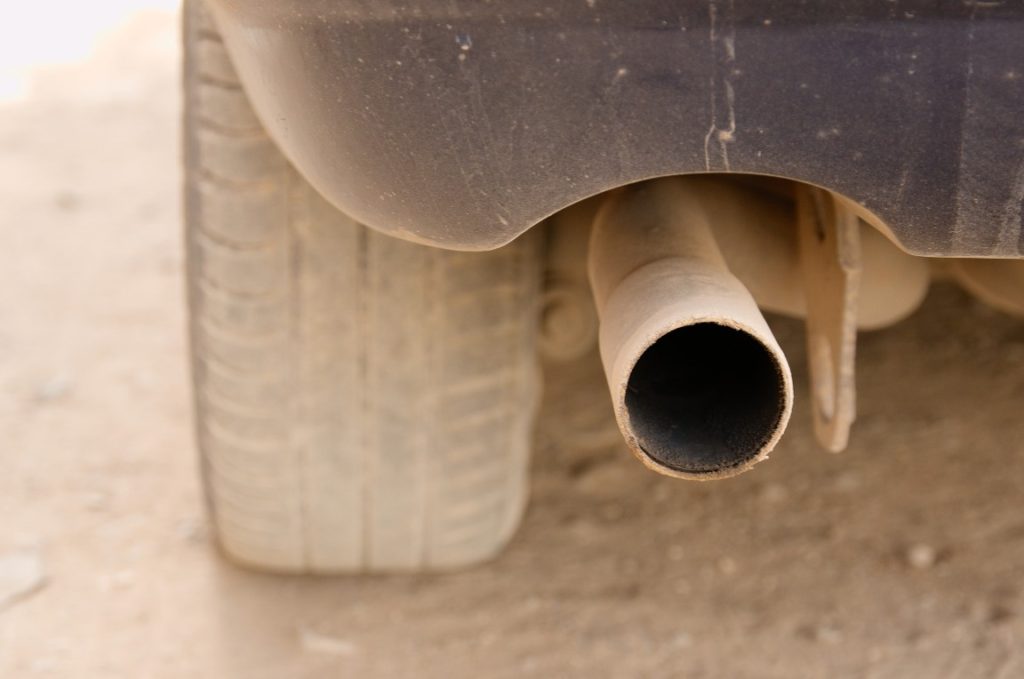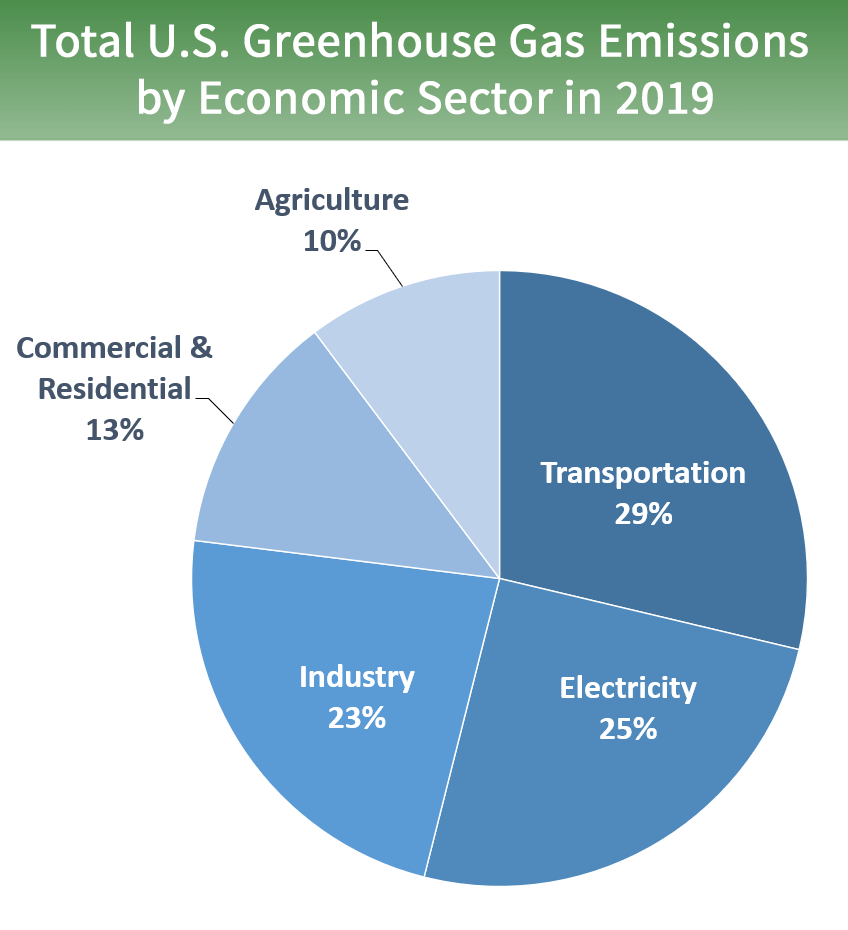What are carbon emissions?
Many terms are used in climate change conversations.
We haven’t all been given a primer on climate change vocabulary, so you may be guessing or confused about the meanings of some terms.
Understanding some terms can help you understand the bigger picture about climate change. And understanding more about climate change helps you make better decisions and choices about how you respond to what information you come across and to climate change overall.
Here I define carbon emissions, what it means, how it’s used, what it’s used for.
What do we mean by carbon emissions?
The term carbon emissions refers to the amount of carbon dioxide (CO2) that’s emitted into the atmosphere from human sources or other sources. So carbon emissions is a measure of how much CO2, not just carbon, is being emitted.

each year.
Human sources of CO2 are from the combustion of fossil fuels. These fuels have been locked up underground for millions of years. They’re the residual carbon from ancient life (like the dinosaurs!) that have been buried under eroded sediments and have been out of the atmosphere and soil for millions of years.
When carbon in the form of coal, oil, or natural gas is burned, it is combined with oxygen from the air to form carbon dioxide. Bringing them to the surface and burning them has put a new source of CO2 into the atmosphere.
For the past 10,000 years the natural processes of CO2 generation– from animal life, some from the oceans, and some from volcanoes– has been kept in pretty good equilibrium with CO2 absorption by plants, soil biology, and the oceans for the past 10,000 years.
Since 1850-ish, the discovery and use of fossil fuels started to fuel industrialization. This is when CO2 in the atmosphere started to rise. And it continues to rise, now to above prehistoric levels. (See Just what is Carbon Dioxide…)
What do we mean by greenhouse gas emissions?
When the other greenhouse gases are included in emissions conversations, they’re referred to as greenhouse gas emissions. Since CO2 comprises 80% of the greenhouse gases, and is so persistent, we mostly focus on carbon emissions.
We measure them because we need to reduce them.
How do we write the emissions?
Carbon emissions are expressed in terms of what weight of CO2 is generated by how much fuel is consumed. For example, to burn one gallon of gasoline, with 100% efficiency (which only happens in perfect conditions) 8,887 grams of CO2 is released/gallon of gasoline, or 0.008887 metric tons of CO2/gallon of gasoline. We can round that up to 0.00889 metric tons of CO2.

equivalents.
Yes, as a gas, CO2 does have weight! This helps us remember how much of it we can add to the atmosphere, even though we can’t see it or smell it.
For an average passenger vehicle with an average fuel efficiency of 22.5 miles/gallon that goes an average 11,556 miles per year, it releases 4.60 metric tons of CO2/year/vehicle.
Sometimes it can be confusing because the terms carbon emissions is used interchangeably with greenhouse gas emissions. Greenhouse gas emissions are adjusted to reflect each gas’ relative amount in the source of emissions. Then they are considered all together and referred to as CO2 equivalents, or CO2E.
Why are they measured?
These measurements are good for comparing energy sources, assessing the load to the atmosphere, and setting standards for fuel efficiency in cars and other of society’s sectors. It’s how we can determine how to cut down on emissions.
With this awareness start to notice and think about the amount of emissions different parts of your life and things around you generate and contribute to the climate change problem.
Related Reading:
Two Powerful Ways Soil Soaks Up CO2
Just What is Carbon Dioxide and How Does It Cause Climate Change?
Global Warming or Climate Change –Which is the Better Term?
References:
https://www.epa.gov/energy/greenhouse-gases-equivalencies-calculator-calculations-and-references
To calculate the carbon emissions of your home or business:
https://www.epa.gov/energy/greenhouse-gas-equivalencies-calculator
https://www.epa.gov/ghgemissions/sources-greenhouse-gas-emissions

